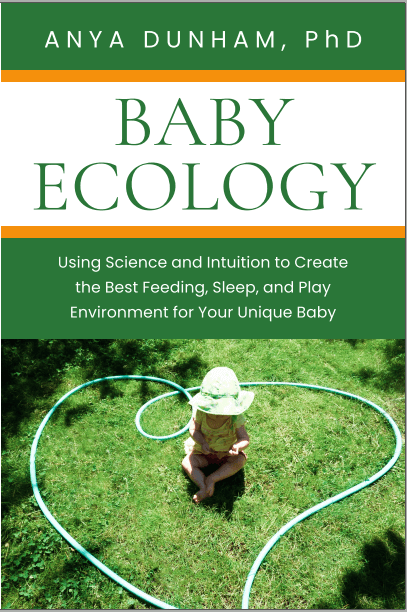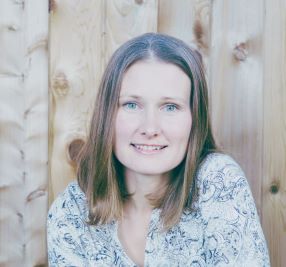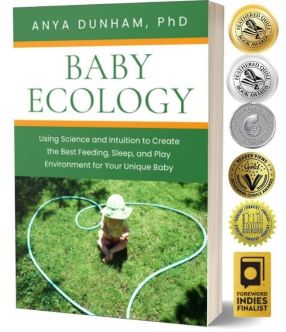Baby Ecology book is here! Learn more
Baby Ecology book is here!
- Home
- Maternal instinct myth
- Parenting techniques
What if best parenting techniques aren't working
by Anya Dunham, PhD
When 'best parenting techniques' aren’t working, it's likely because they aren’t actually the best, or even good, for your baby.

Where 'best parenting techniques' come from
Have you ever carefully followed a parenting approach to find that certain 'best parenting techniques', schedules, or scripts just don’t work for your baby? Have you tried very hard to implement them nonetheless, feeling like you must be doing something wrong?
There is a really, really good chance it wasn’t you – it was that one-size-fits-all advice that was wrong.
The advice might have been wrong altogether, falling outside of what current science shows us to be the nurturing environment – the range of good options – for human babies in general. Or it might have been generally okay but not quite right for your unique baby and your specific circumstances.
Many parenting influencers share content and create courses filled with prescriptive techniques, tactics, and scripts. “Follow these exact steps…”; “Do this or your baby won’t thrive”. New parents are eager to learn and often worried and vulnerable, especially as they discover that they don't 'naturally' know what to do. And because it's challenging for influencers to stake their claim in an already overcrowded parenting advice space, they often struggle to continue creating content on topics that are fairly straightforward and already well-covered elsewhere. So they dive deep into the specifics of just one option (evidence-based or not) and present it as "the only right way" that differentiates them and their message. It sounds loud and clear. But it’s often just a fad. And it's often wrong.
In most cases, science shows us more than one “right way”. Once we look at the big picture, zooming out beyond the techniques, we begin to see broader approaches that are not prescriptive: they have room for nuance, individuality, and growth.
(There are also parenting questions that science cannot answer.)
To illustrate, here are two examples contrasting narrow and prescriptive 'best' parenting techniques with broad, science-backed approaches.
Baby-Led Weaning (BLW) is not the same as responsive, baby-led feeding
BLW (a technique) is one way – but not the only way – to feed your baby within the broader, science-based approach of responsive, baby-led feeding.
In BLW, instead of being spoon-fed by adults, babies feed themselves hand-held food from the very start of weaning. BLW was originally developed by Gill Rapley1 in the UK where ‘weaning’ means ‘adding complementary foods’, not ‘giving up breast-/formula-feeding’. One of the main benefits of BLW is that baby chooses and controls how much and how fast she eats.1 In addition, during BLW babies tend to gum or munch on their food, which helps with digestion. Young babies have most of the enzymes needed to digest starches in their saliva (unlike adults and older children who produce these enzymes in the pancreas).2
Over the last 10 or so years, the original BLW idea has been picked up by many online experts and influencers, quite often morphing into a set of very strict messages and prescriptive techniques: “Do not introduce purees or spoon-feed your baby ever!”; “Your baby won’t learn how to chew!”; “You’ll miss the critical window for jaw development!”; “No more mush!”.
The thing is, babies develop motor skills and mealtime communication abilities at different times. On average, healthy full-term babies begin eating finger foods with ease at 8.5 months, but the range of normal for this milestone to emerge is quite wide: between 6 and 12 months.3,4 The advice on when to introduce solid foods generally falls somewhere between 4 and 6 months (the World Health Organization recommends 6 months; more on 4 signs of readiness). Not all 6-month-olds who are joining their family at the dinner table can do so in a strict BLW style.5 And if a baby who isn't ready for BLW is fed BLW-style, is feeding truly baby-led?
For babies who are fully ready for finger foods, BLW can be a great way to introduce solids. But it is also absolutely possible to feed babies purees or a combination of purees and finger foods in a responsive, baby-led way and give them a foundation for healthy, happy eating. Not starting with strict BLW will not disadvantage your baby, as long as feeding and eating are baby-led. (And yes, your baby will learn how to chew.)
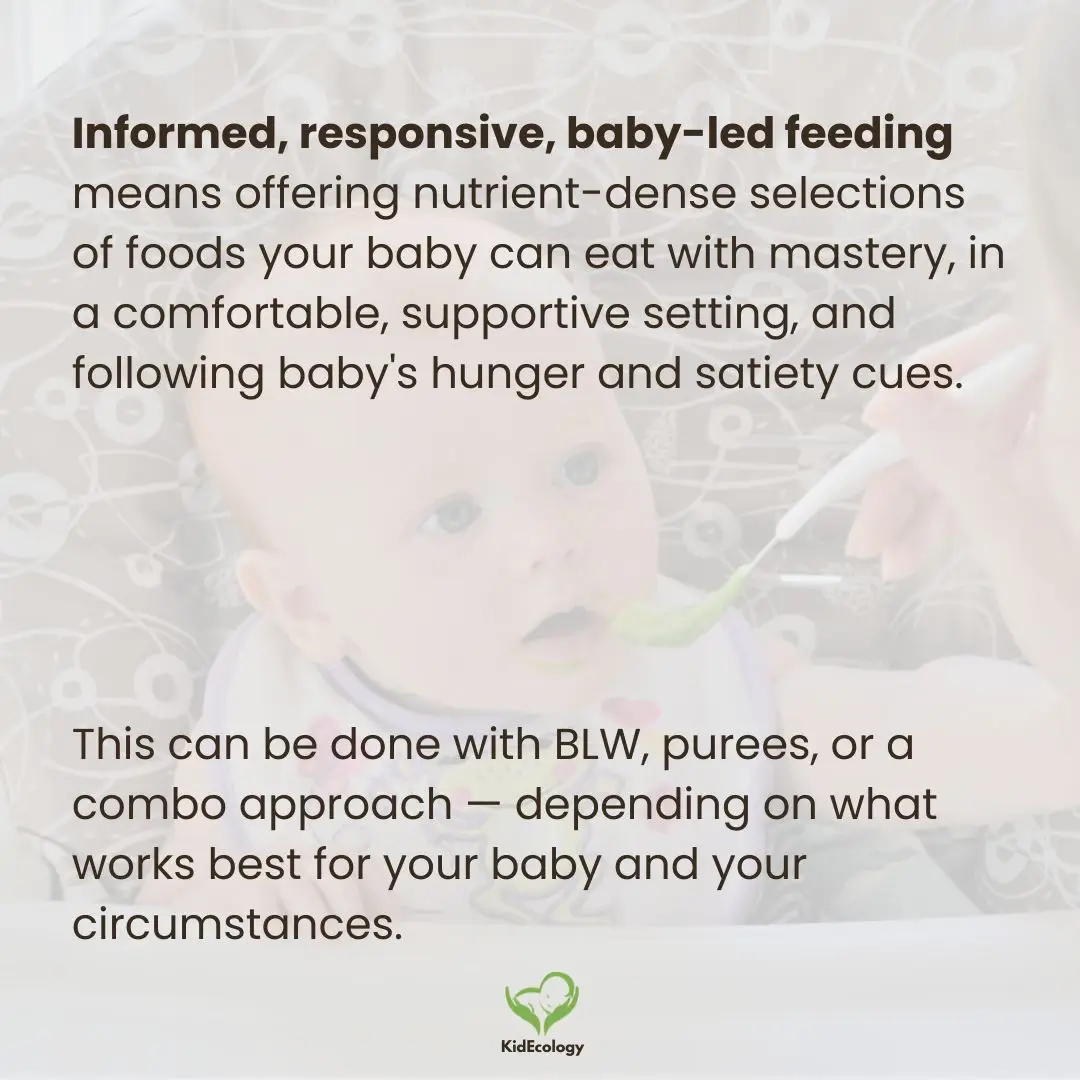
Attachment parenting is not the same as attachment theory
Your baby will be ready to connect and form relationships as soon as he or she is born. According to attachment theory, each baby needs to have at least one person with whom they have a strong and mutual emotional bond.6
The concept of attachment is important, but often misunderstood. Some books and online resources present secure attachment as physical attachment: a set of specific practices and techniques like babywearing, bed-sharing, and breastfeeding. These techniques are part of ‘attachment parenting’, a term created by William and Martha Sears.
However, these techniques do not necessarily equal attachment.
Attachment is the quality of your relationship with your baby, not the techniques you use (or don’t use).
Interestingly, what we now know as “attachment parenting” was originally called “immersion mothering” and “involved fathering” — terms without an explicit link to attachment theory.
Barbara Nicholson and Lysa Parker, authors of Attached at the Heart, cite this story told by Martha Sears: “When Bill wrote Creative Parenting (1982), he referred to it as “immersion mothering” and “involved fathering.” At a talk one time in Pasadena, a grandmother came up to Bill and said she thought the term immersion mothering was a good one, because some moms find themselves “in over their heads”. When he told me of this, I realized we needed to change the term to something more positive, so we came up with AP, since the Attachment Theory literature was so well researched and documented, by John Bowlby and others.”
Perhaps, “immersion parenting” would have been a more accurate term?
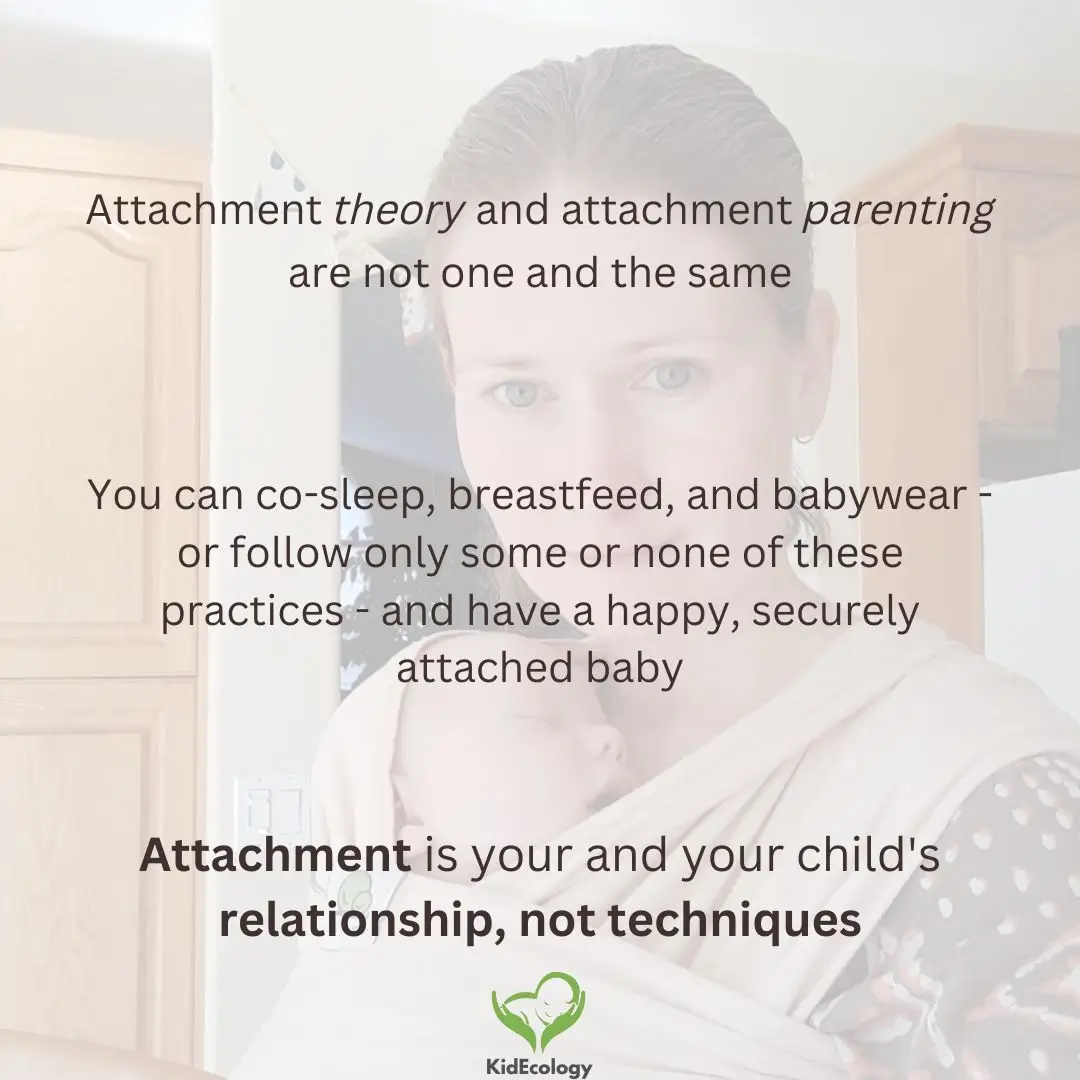
Let’s do our best to understand the broad picture and to continue questioning black-and-white parenting advice.
References
References
- Rapley G et al (2015) Baby-Led Weaning: a new frontier? ICAN: Infant, Child, and Adolescent Nutrition 7(2): 77-85
- Callahan A (2015) The Science of Mom: a research-based guide to your baby's first year. Johns Hopkins University Press, Baltimore, MD, USA
- Carruth BR, Skinner JD (2002) Feeding behaviors and other motor development in healthy children (2—24 Months). Journal of the American College of Nutrition 21(2): 88-96
- Skinner JD et al (1998) Mealtime communication patterns of infants from 2 to 24 months of age. Journal of Nutrition Education 30(1): 8-16
- Cameron SL, Taylor RW, Heath A-LM (2013) Parent-led or baby-led? Associations between complementary feeding practices and health-related behaviours in a survey of New Zealand families. BMJ Open 3(12): e003946
- Ainsworth MS, Bowlby J (1991) An ethological approach to personality development. American Psychologist 46(4): 333-341
Using hundreds of scientific studies, Baby Ecology connects the dots to help you create the best environment for sleep, feeding, care, and play for your baby.
Warmly,
Anya
